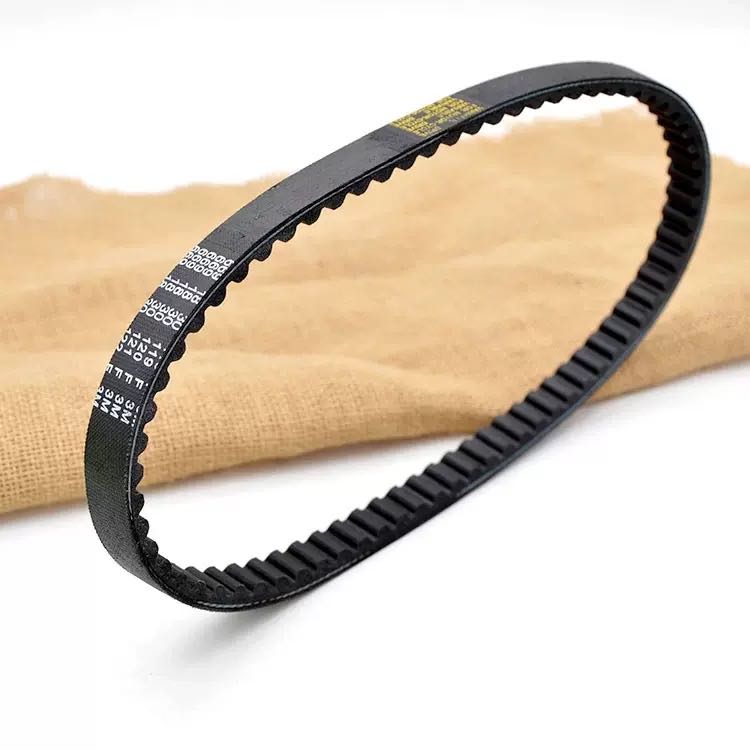- Arabic
- French
- Russian
- Spanish
- Portuguese
- Turkish
- Armenian
- English
- Albanian
- Amharic
- Azerbaijani
- Basque
- Belarusian
- Bengali
- Bosnian
- Bulgarian
- Catalan
- Cebuano
- Corsican
- Croatian
- Czech
- Danish
- Dutch
- Afrikaans
- Esperanto
- Estonian
- Finnish
- Frisian
- Galician
- Georgian
- German
- Greek
- Gujarati
- Haitian Creole
- hausa
- hawaiian
- Hebrew
- Hindi
- Miao
- Hungarian
- Icelandic
- igbo
- Indonesian
- irish
- Italian
- Japanese
- Javanese
- Kannada
- kazakh
- Khmer
- Rwandese
- Korean
- Kurdish
- Kyrgyz
- Lao
- Latin
- Latvian
- Lithuanian
- Luxembourgish
- Macedonian
- Malgashi
- Malay
- Malayalam
- Maltese
- Maori
- Marathi
- Mongolian
- Myanmar
- Nepali
- Norwegian
- Norwegian
- Occitan
- Pashto
- Persian
- Polish
- Punjabi
- Romanian
- Samoan
- Scottish Gaelic
- Serbian
- Sesotho
- Shona
- Sindhi
- Sinhala
- Slovak
- Slovenian
- Somali
- Sundanese
- Swahili
- Swedish
- Tagalog
- Tajik
- Tamil
- Tatar
- Telugu
- Thai
- Turkmen
- Ukrainian
- Urdu
- Uighur
- Uzbek
- Vietnamese
- Welsh
- Bantu
- Yiddish
- Yoruba
- Zulu
نويابىر . 29, 2024 21:47 Back to list
GT2 Timing Belt Specifications and Applications in Mechanical Systems
Understanding GT2 Timing Belts Importance and Applications
When it comes to mechanical engineering and automation, the efficiency of motion transfer between components is crucial. One of the most effective means of achieving this is through the use of timing belts, specifically the GT2 timing belt. This article delves into what GT2 timing belts are, their characteristics, applications, and maintenance tips.
What is a GT2 Timing Belt?
GT2 timing belts are a specific type of synchronous belt that are commonly used in various mechanical systems. The name “GT2” refers to the tooth design of the belt—two-millimeter spacing between the center of one tooth and the center of the next. The belt is designed with a trapezoidal tooth profile that meshes seamlessly with a corresponding GT2 pulley.
These belts are typically made from durable materials like polyurethane reinforced with fiberglass or steel cords, ensuring high tensile strength and resistance to wear and tear. Their design allows for precise movement and minimal slip, making them ideal for systems where accuracy is paramount.
Characteristics of GT2 Timing Belts
1. Tooth Profile and Pitch The GT2 belt features a tooth pitch of 2mm, which means its teeth are spaced closely together. This design offers improved grip and smoother transfer of power compared to belts with larger pitches.
2. High Load Capacity GT2 timing belts can handle significant loads, making them suitable for various applications. The reinforced materials increase their durability, allowing them to endure high stress without significant elongation.
3. Low Noise Levels Unlike chain drives that can be noisy and require lubrication, GT2 timing belts operate quietly and with minimal maintenance. This characteristic makes them a preferred choice in environments where noise reduction is important.
4. Versatility GT2 timing belts can be used in a wide array of applications, from 3D printers to CNC machines, robotics, and even automotive systems. Their versatility underscores their value in modern engineering designs.
Applications of GT2 Timing Belts
The uses of GT2 timing belts span multiple industries. Here are some common applications
gt2 timing belt

1. 3D Printing One of the most prevalent uses of GT2 timing belts is in 3D printers. They help drive the X, Y, and Z axes, providing the precision required for creating detailed prints.
2. CNC Machines In computer numerical control (CNC) machines, GT2 belts enable smooth and precise movement. This accuracy is crucial for machining tasks that require minimal tolerances.
3. Robotics GT2 timing belts are commonly found in robotic arms and other automated systems. The ability of these belts to maintain synchronized motion makes them ideal for tasks that involve coordination of different components.
4. Conveyors Some conveyor systems utilize GT2 timing belts for powering the movement of goods. Their reliability and strength help ensure smooth transport.
5. Automotive Applications In some automotive systems, GT2 belts are employed in timing mechanisms, ensuring that the engine's components work seamlessly together.
Maintenance Tips for GT2 Timing Belts
To maximize the lifespan and performance of GT2 timing belts, consider the following maintenance tips
1. Regular Inspection Periodically check the belt for signs of wear, such as fraying or tooth damage. Early detection can prevent more significant problems down the line.
2. Proper Tensioning Ensure that the belt is installed with the correct tension. A belt that is too loose may slip, while one that is too tight can lead to premature wear.
3. Cleanliness Keep the belt clean and free from dust and debris, which can interfere with its operation and lead to wear.
4. Avoid Overloading Ensure that the applications using GT2 belts do not exceed their load capacity, as this can significantly reduce their lifespan.
In conclusion, GT2 timing belts are an essential component in many modern engineering designs, offering precision, durability, and versatility across a wide range of applications. Understanding their characteristics, applications, and maintenance can help engineers and hobbyists alike harness their full potential, leading to effective and efficient mechanical systems.
-
Korean Auto Parts Timing Belt 24312-37500 For Hyundai/Kia
NewsMar.07,2025
-
7PK2300 90916-T2024 RIBBED BELT POLY V BELT PK BELT
NewsMar.07,2025
-
Chinese Auto Belt Factory 310-2M-22 For BMW/Mercedes-Benz
NewsMar.07,2025
-
Chinese Auto Belt Factory 310-2M-22 For BMW/Mercedes-Benz
NewsMar.07,2025
-
90916-02660 PK Belt 6PK1680 For Toyota
NewsMar.07,2025
-
drive belt serpentine belt
NewsMar.07,2025

